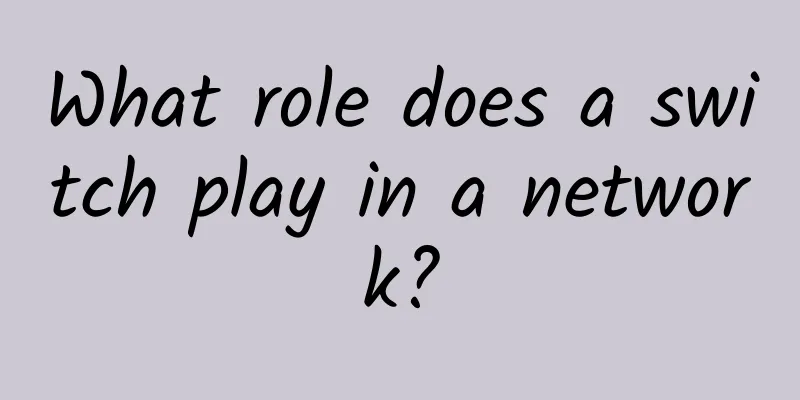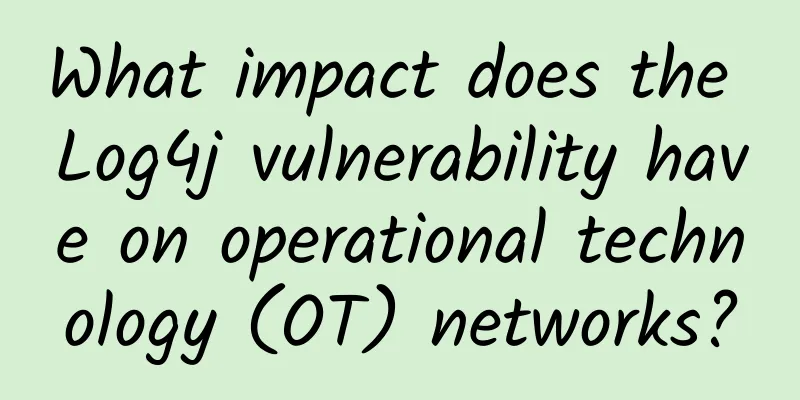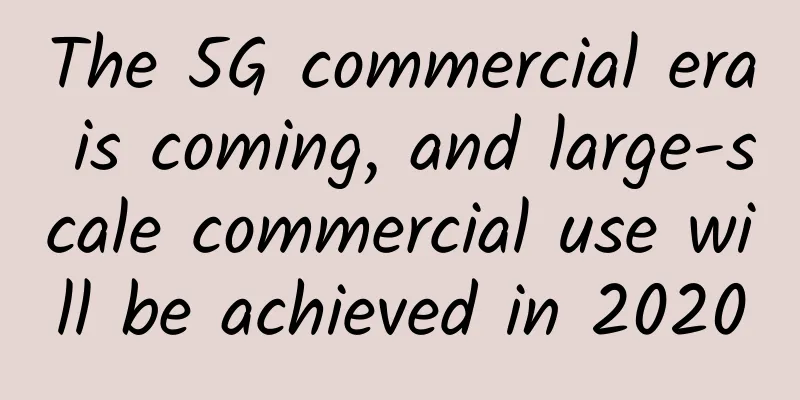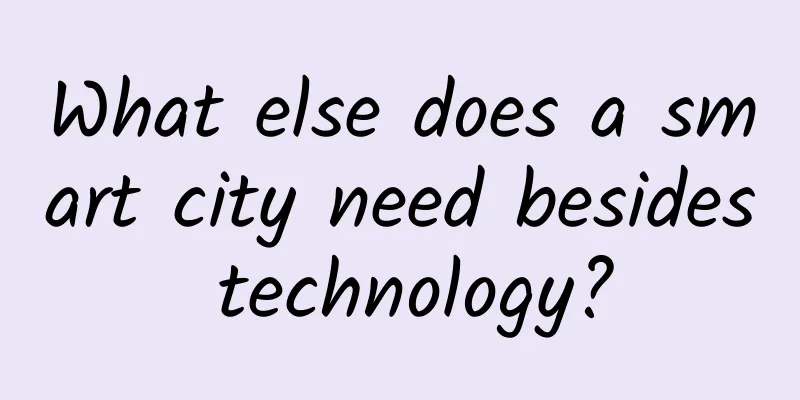LTE vs. 5G: What’s the difference?
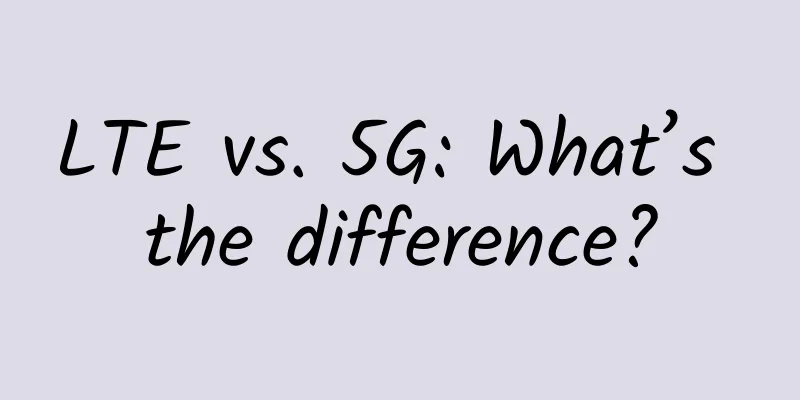
|
The networking technology industry is in a constant state of flux. Every few years, a new generation of marketing buzzwords emerges, promising faster speeds and better connections. LTE and 5G are two such terms, the latter of which most people are familiar with due to their previous experience with 3G and 4G. Both LTE and 5G are now an integral part of the nation’s connectivity fabric, with only a few UK areas yet to receive the latest generation of network technology. However, given the widespread use of these terms in marketing, it's not always clear what they refer to, especially as LTE and 5G are sometimes deployed together. The terms LTE and the older 4G are also often used interchangeably, even though they are different technologies. What is the difference between 4G LTE and 5G?LTE, or "Long Term Evolution," was originally a standard released by the International Telegraph Union radiocommunication (ITU-R) regulatory body in late 2008. It was designed as a way to advance national infrastructure that had previously failed to evolve fast enough to support speeds that could be called 4G. In theory, 4G LTE can achieve content data transfer speeds of up to 150Mbps for downloads and 50Mbps for uploads, although these figures vary depending on a variety of factors. Location, deployment, and traffic will affect speeds at any given time. Typically, practical considerations mean that 4G LTE may achieve download and upload speeds of 20Mbps and 10Mbps, respectively. In this case, the latest generation of connectivity, 5G, theoretically offers download speeds of up to a staggering 10Gbps, although even the speeds recorded in the real world have dwarfed LTE’s offerings. For example, when IT Pro first tested it on the Vodafone 5G network, the device used registered speeds between 100Mbps and 150Mbps. These higher speeds are generally because 5G uses a different spectrum than 4G, namely the millimeter wave high-frequency band, which supports much more bandwidth than LTE uses. As a result, more data can be transmitted at once. While 5G can also use frequency bands below 6Ghz but above low-band frequencies, these certainly won't support the highest possible speeds. However, these lower speeds will still far exceed anything 4G LTE offers, and deploying "sub-6" connections may even expand 5G's coverage area, since walls and surfaces tend to block millimeter wave frequencies. In short, because 5G uses a different spectrum than 4G LTE, it can provide stronger, faster connections, higher traffic capacity, and latency as low as 1 millisecond. However, it's still early days for 5G deployment. Coverage is still fairly limited, and there's still more work to do before networks like EE, Three and Vodafone start offering the upper-tier services that 5G promises. Should I choose LTE or 5G?The answer to that question really depends on your budget, location, and whether you’re using the connection for personal or business needs, although 5G’s speeds might make you wonder why we’re comparing the two at all. As more countries expand their 5G infrastructure, we're seeing more 5G-friendly hardware options appear on the market. You'll need to understand what's available in your country and whether the devices fit your needs and price. Increased competition and the use of 5G as a market differentiator have driven down smartphone prices, and if you buy a high-end smartphone today, it will likely support 5G. However, 5G is still far from ubiquitous, and LTE plans remain more attractive, especially if you don’t need 5G’s ultra-fast speeds. That said, if you're a business that relies heavily on connected sensors and IoT-like networks, 5G's bandwidth and low latency can't be ignored. 5G has been touted as a communications technology that will enable driverless cars to navigate with ease and enable businesses to deploy large networks of smart sensors and devices in ever-innovative ways. In that sense, an upgrade is a must. In fact, the best solution may be to combine LTE and 5G to create more advanced features. This was the case with EE, which in April 2022 became the first European network to successfully deliver 5G across seven carriers of LTE and 5G spectrum. Achieved using a mobile test device equipped with a Qualcomm Snapdragon 8 Gen 1 Mobile Platform, the network aggregation included five LTE spectrum bands, including two 1.8GHz carriers, two 2.6GHz carriers and one 2.1GHz, as well as two 5G New Radio (5G NR) bands at 3.4GHz and 3.6GHz. The latter channel is part of the main 5G band and was acquired by EE through Ofcom's spectrum auction in early 2021 for an estimated £450 million. Commenting on EE's announcement, Qualcomm business development director Vikrant Jain said that "aggregating seven (5LTE + 2NR) different spectrum bands for 5G is a significant achievement that will provide an enhanced customer experience" and will be used to deliver EE's fastest 5G speeds to date - 2.2Gbps in lab tests and real-world estimates of over 1.7Gbps. EE said on April 22 that the technology is expected to be available in major cities in the UK in 2022 and will be supported by the next generation of smartphones. However, integrating 5G with 4G/LTE also presents many challenges. On the client side, requirements include seamless handover between 5G and 4G/LTE as people roam between coverage areas, even though the core network for 5G is very different from 4G/LTE. As Mark Newman, principal analyst for research and media at TM Forum, told IT Pro in February 2022: “The 5G services available today run by connecting the new 5G radio access network to the older LTE/4G core network. The 5G core is complex because it is based on cloud computing principles, and operators want to launch advanced new services based on the new cloud architecture.” 5G health issuesMobile phones have always sparked health concerns, but arguably not many networks have as bad a reputation as 5G. In October 2019, Brighton and Hove City Council joined Glastonbury, Frome and Totnes in banning the installation of new 5G masts. Opposition to 5G is not unique to the UK, but part of a larger trend of distrust and misinformation. Two years ago, 180 scientists from 36 countries publicly called on the EU to pause the expansion of 5G until a fuller investigation into its impact on human health was carried out. So, what’s wrong with 5G? Both 4G and 5G use "radio waves," but the main difference is that 5G uses higher frequencies than 4G. Higher-frequency waves can provide better network capacity and speeds. However, research into 5G-related health risks has not found any specific, real dangers from 5G. The Future of LTE and 5G5G’s potential to enhance existing technologies and usher in more innovative connected systems and potentially society-changing machines like self-driving cars will only grow. Still, despite the release of 5G smartphones from Apple to Xiaomi, it may be some time before the fifth-generation mobile connection fully replaces its predecessor. Ericsson's latest research shows that 4G LTE remains the dominant cellular network technology in most parts of the world, accounting for 78% of mobile subscriptions in Western Europe, 80% in the Gulf States, 83% in Northeast Asia and 89% in North America. While the rollout of 5G is progressing smoothly, this does not mean that everyone will automatically jump on the bandwagon anytime soon. Five years from now, in 2026, 4G LTE is expected to remain the dominant technology in Central and Eastern Europe, accounting for 65% of mobile subscriptions. This is almost double the proportion of 5G subscriptions expected in that year, which is 33%. 4G LTE is expected to remain the mainstream cellular network in India (66%), Southeast Asia and Oceania (57%), and the Middle East and North Africa (51%). The regions where 5G is expected to replace 4G LTE by 2026 are Western Europe (where 69% of mobile subscriptions will be 5G), Northeast Asia (65%), North America (84%), and the GCC countries (73%). Over the next five years, the number of 4G LTE mobile subscriptions in these regions is expected to drop to 27%, 33%, 16%, and 22%, respectively. Ericsson's findings suggest that the launch of 5G does not automatically mean the decline of 4G LTE. In fact, its availability is expected to grow, expanding its global population coverage from 80% in 2020 to 95% in 2026. In comparison, 5G will only cover about 15% of the global population in 2020, expanding to 60% within the next five years. 5G is undoubtedly the future of telecommunications — at least until 6G arrives. However, for most people, now may not be the time to completely abandon 4G. |
Recommend
What to do if you forget your router password? Do it yourself without asking for help
Now we are in the Internet age, the Internet make...
Daily Bug Troubleshooting-All Connections Suddenly Closed
Preface The daily bug troubleshooting series is a...
ERP, CRM, SRM, PLM, HRM, OA...what do they all mean?
When working in a company, you often hear some st...
5G operators reshuffle four operators 2.5 networks
China Telecom and China Unicom jointly announced ...
Ready to use right out of the box? StreamNative Platform 1.0 is now available
Recently, StreamNative solemnly announced the rel...
Home users use routers to surf the Internet, so how many mobile phones can be connected to one router at most?
I think everyone is still curious about this ques...
Huawei CloudEngine 16800 becomes the "new engine" of Beijing Institute of Technology's National New Energy Vehicle Monitoring and Management Platform
On August 9, 2019, Huawei held the "Unleashi...
5G is here—what’s next?
As 5G standards are finalized and 5G-enabled devi...
Researchers transform 5G networks into IoT power grids
According to foreign media, researchers from the ...
The SD-WAN track has changed. When will the dragon trainer appear?
In an environment where cloud computing, mobile a...
600,000 new 5G base stations will be built in 2021
2020 is a critical year for the large-scale comme...
Extremely simple operation! IIS site migration can be achieved in 3 minutes
To achieve load balancing or server migration, we...
Satellite Internet: The war is already raging
[[323965]] On April 20, satellite Internet was cl...
Hostwinds: Seattle VPS monthly payment starts at $4.99, cloud server starts at $0.006931/hour, supports Alipay
Hostwinds is a long-established foreign hosting c...
Hosteons: AMD Ryzen free upgrade, 512M-1G package bandwidth doubled, Los Angeles/Dallas data center
Hosteons launched a free upgrade campaign for AMD...
